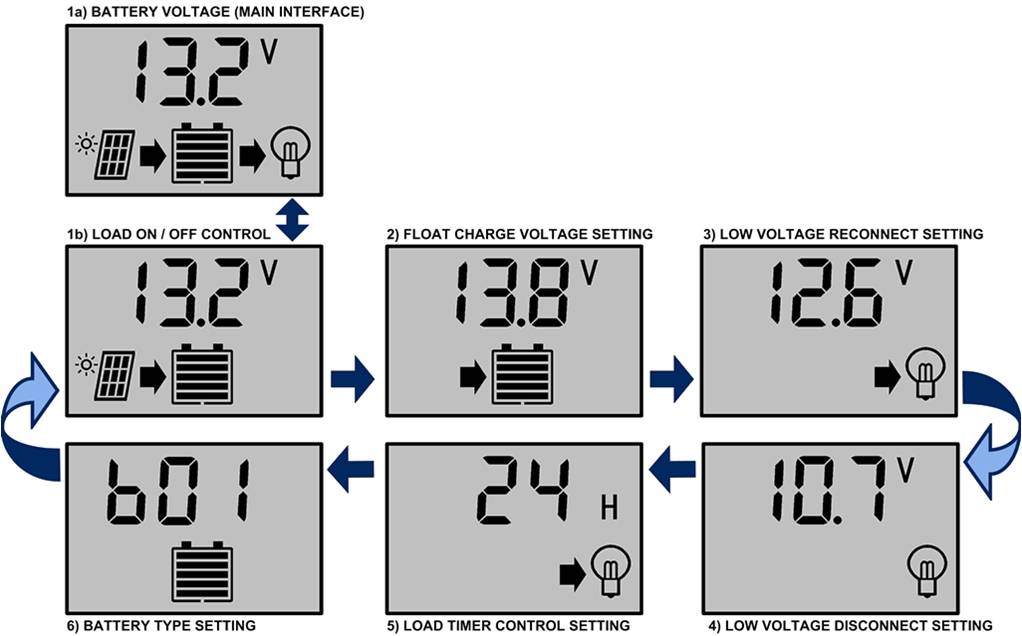The Importance of the Solar Regulator Charge Controller in a Solar Power System
It’s a thing of pride to be part of this country when one takes into account the amount of households using up renewable energy sources, particularly through rooftop solar systems. Great news is the number is constantly on the rise, and we can say with certainty we’re the leading nation in depending on solar energy.
Not only is this option considerably more economical, it’s also eco-friendly, and can help individuals cut down on the carbon footprint, as well as inspiring them to go completely off-grid; bye bye electricity bills, hello energy independence. To be able to get to know more of how the system functions, get informed on a solar regulator charge controller.

Though it may seem like quite the initial investment, nowadays it’s become much more affordable, and there’s no doubt you’d save up money eventually, as it’s bound to pay off in the long run.
Now then, the solar power system isn’t a rather complex system; it takes energy from the sun and transforms it into usable energy through components (photovoltaic cells) that are designed to convert sunlight to direct current, and then alternating current ready for use of the appliances with the help of an inverter. At the very core of this system is the small but important component called the solar regulator charge controller.

This device was created to be of use for both solar and wind power systems, and can be found in both small off grid, and heavy duty commercial scale applications. Its importance comes from its specific role, which can be guessed by its name – controlling the amount of charge from a solar panel into a battery.
This way the controller protects the battery from overcharge, and damage, thus expands its lifespan, as well as protects the system as a whole (preserving its efficiency), and provides optimal functioning. If not for the controller at times when there’s less or no sunlight (for instance at night, or cloudy weather), the battery can leak current, passing it into the solar panels, which eventually leads to battery draining.
This sort of process is known as reverse flow of current, and the regulator is the electronic device designed to detect when there’s no incoming energy, so it’s able to cut the solar panel – battery connection to avoid the battery drainage.
With the implementation of latest technology, you can count on finding high quality regulators, like the MPPT (Maximum Power Point Tracking), that are affordable, value for your money, and would serve their purpose in keeping solar system efficiency (increasing it by at least 30%).



